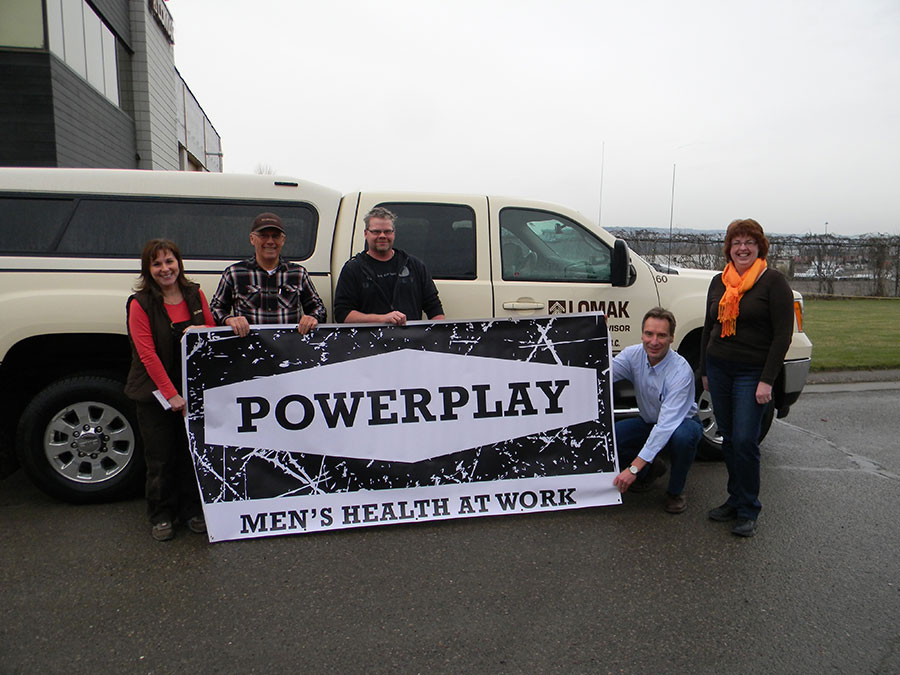Implementation
Moving from Paper to Practice
As project teams move forward with their work, they encounter both unexpected opportunities and challenges. Translating planning into reality requires constant checks and balances.
Opportunities and Challenges
Taking action moves an idea from paper into the real world of opportunities and challenges. Adjustments are often needed during bridge construction to take advantage of ideal conditions or skillfully maneuver around obstacles. As such, collaborative teams need to remain agile and flexible in planning their work.
Moving from Paper to Practice
Regular monitoring and adopting flexible structures will help ensure successful implementation. Following are some strategies to support evolving conditions.
Form working groups
Complicated projects benefit by nesting small teams that are dedicated to specific objectives or tasks within the whole. Working groups with clearly defined roles are more productive than larger groups with loosely defined roles. Regular check-ins with the larger team help keep everyone informed and can be used to gather feedback, guidance, and ideas from the larger group.
Decentralize decision making processes
During implementation it is often more expedient if working groups are given decision-making authority for particular components of the project work.
Engage stakeholders and champions
Involving stakeholders and community champions in the implementation process assists the collaborative team with supporting program uptake, navigating barriers and enabling continuous project facilitation.
Make necessary changes
Changes within the scope of the project are often necessary, and thus a willingness to return to the table for discussion, mitigation planning, conflict resolution, and decision making are essential.
Stories and Sharing
We had a small implementation group but all were equally committed to developing and implementing the Stop Smoking Before Surgery program. I think the group worked well because each member was able to put in considerable time to this work – and all of them had extensive knowledge and experience related to smoking cessation that we drew on. Generally when members said they would do something – by our next meeting it was done. So the level of commitment was high.

Paul Sharp, and Cherisse Seaton are shown at a workplace health screening event to launch POWERPLAY, a program for men working in northern and rural settings.
Coping With Pressure and Change
Implementation can accelerate the need for rapid decision making and can create unforeseen challenges that may increase pressure on team members. Yet, a high level of community engagement, trust, and clear communication can be essential to overcoming the barriers to project implementation.
Stories and Sharing
During one of our project launch events, I became aware we were short staff for one of the sites. Fortunately, we have strong networks in the community and I was able to put out a last minute call. Somebody, who had nothing to do with this particular project, was able to send qualified staff. This commitment to community health and wanting to help turned a challenging situation into a successful one.

Be realistic about expectations under different decision-making conditions. Decision-making within large organizations can take more time than anticipated.
Things to Keep in Mind
The following are some useful strategies for dealing with implementation challenges:

Balance workloads
Burnout is a potential threat to collaborative projects, especially if there are limited human resources and the project is time constrained. Assess work requirements, delegate appropriately, and encourage sharing the workload among partners. Securing strong organizational commitment can provide more dedicated time for staff to devote to the collaborative project.
Conflict management
Even the most closely aligned collaborative partners can have disagreements; however, if managed carefully, conflict can lead to new ideas. A collaborative style of conflict resolution, in which issues are openly discussed and solutions are identified by members, can promote successful implementation. Partners that anticipate potential conflicts and work to resolve them also achieve greater progress. Still, conflicts may occur, so identifying resources that can be called on if needed is one strategy to ensure conflict does not halt implementation mid-project.
Stay focused on vision
Re-visiting the collective vision and project goals during the implementation stages can help keep things on track. Identifying milestones and celebrating successes can keep team members motivated.
Useful Tools
Conflict Resolution
- The University of Kansas Community Toolbox, has many strategies for conflict resolution. See:
http://ctb.ku.edu/en/table-of-contents/implement/provide-information-enhance-skills/conflict-resolution/main
Living Lab: Sharing Our Experience
In the Men’s Healthy Eating Active Living project the team was committed to using a health promotion approach that was specifically geared to the target audience, working men in northern, rural British Columbia. It would have been easier to implement an “off-the-shelf” product. However, the decision to develop the POWERPLAY program as a new approach from scratch meant new timelines, budget needs, and human resource requirements, and the need to be adaptable at almost every step of the implementation.
We learned about tailoring health promotion programs to men who are often challenging to engage through our work with POWERPLAY. Even though one partner already had a great workplace wellness tool (Wellness Fits) that was available to us, it did not have a masculine look and feel.
We teamed up with northern employers to implement POWERPLAY, a program for men working in northern and rural settings.



